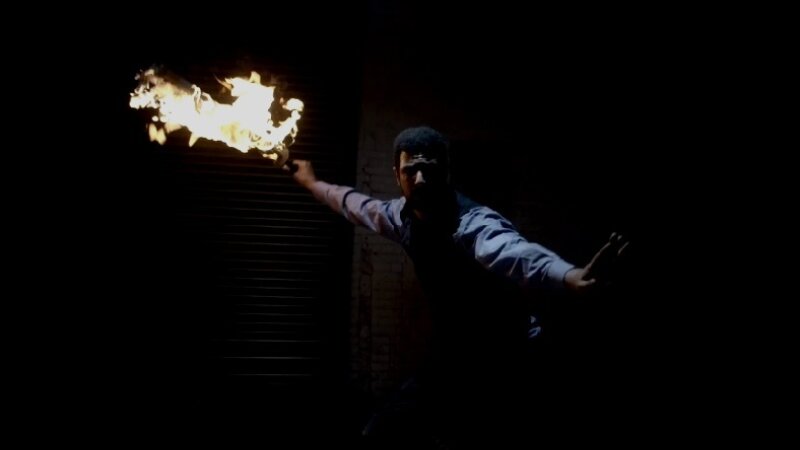Crime Scenery: Illegal killing of the Peak District’s Birds of Prey
One of the great joys of Sheffield is its proximity to the Peak District.
Walking through the Peak on a sunny spring morning, you find yourself surrounded by birdsong. Meadow pipits trill earthwards in their parachuting songflight as curlews whoop and bubble.
But something in this idyll is rotten. Species like peregrine, goshawk and hen harrier, beautiful emblematic birds of prey that should top the food chain in the National Park, are notable by their absence. People are deliberately and illegally killing them.
The Peak, along with the majority of Britain’s uplands, is not a natural ecosystem, but a heavily managed environment. The heather moorland is drained and burnt to encourage new growth, providing optimal conditions for the species at the heart of this system – the red grouse. It’s the shooting of this bird by groups paying over £30,000 per day that allows large swathes of protected 'Site of Special Scientific Interest' land to be managed for the benefit of one species alone.
Birds of prey, known as raptors, are the traditional enemy of gamekeepers, whose job it is to ensure large numbers of grouse are available to be shot. Many raptors that prey on grouse were driven to the point of extinction in the 19th and 20th centuries by persecution and the use of agricultural pesticides, both now banned. Between the 60s and 80s, peregrine and goshawk numbers began to recover in the Peak, but this recovery was suddenly and dramatically cut short.
Cases of raptor persecution are well documented in the Sheffield area, with a bloody litany of birds shot, maimed and killed in illegal traps, chicks clubbed to death and eggs smashed. Barbaric methods include the use of live animals as bait and poisons deadly to humans, pets and other wildlife. Much of this is detailed in the excellent 2006 RSPB report, Peak Malpractice, available online.
Persecution is so prolific on the moors that the only successful local peregrines are a single pair in Sheffield city centre. The North East Peak used to be nationally renowned for its goshawks, holding a third of the entire UK population at one time, but there have been no successful nests since 2002. With breeding habitat and prey availability unchanged or even improved, criminal activity is considered to be the primary cause of their decline.
Hen harrier first returned to breed in the Peak in 1997 after an absence of 127 years, due in part to 24-hour surveillance around the nest site, but every breeding attempt since has failed. Although they return to the Peak in small numbers each year, no chicks have been reared.
Hen Harriers are symbolic of the effect of grouse moors on raptor numbers. England should hold 300 breeding pairs. Instead it had just three in 2015. Areas where no grouse shooting takes place, such as Orkney, host healthy populations of this beautiful bird.
Unfortunately, in the ten years since the RSPB report’s publication, little has changed. Legally protected birds are still being systematically slaughtered so that the privileged few can enjoy a few days' 'sport'. In 2016, a monitored goshawk nest failed in suspicious circumstances, with the incubating female apparently shot. Another recent incident saw the National Trust revoke the shooting rights of an estate after a keeper was found using a model hen harrier decoy to attract birds looking for mates.
With no signs of change, a Parliamentary petition this year calling for a complete ban on driven grouse shooting collected 123,076 signatures. The petition was due for debate on 31 October. Time will tell if a Government containing several prominent grouse moor owners will act. Pressure is growing too for the National Trust to cease all grouse shooting on its property.
Visitors to the Peak are increasingly playing a vital role in bringing perpetrators to justice by reporting suspicious incidents to the RSPB and local police Wildlife Crime Officers. Direct action to disrupt grouse shoots seems likely to increase dramatically. For many, enough is enough. Such wanton destruction for the profit of the privileged few cannot be allowed to continue.
With thanks to Jim Clarke
Search 'Peak Malpractice' and 'Peak Malpractice Update' online for the full RSPB reports. RSPB Investigations: crime@rspb.org.uk
Police Wildlife Crime Officers - South Yorkshire, Derbyshire
Image: Keven Law (Wikimedia Commons) )





